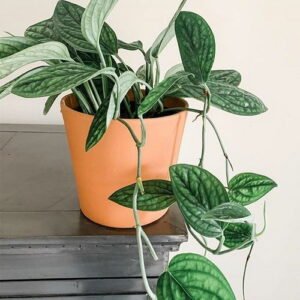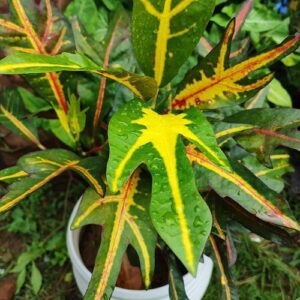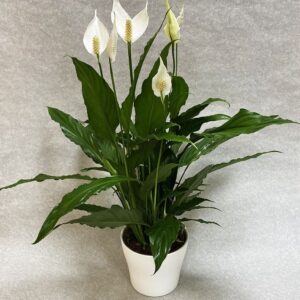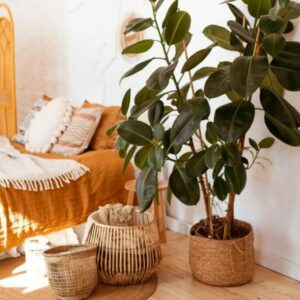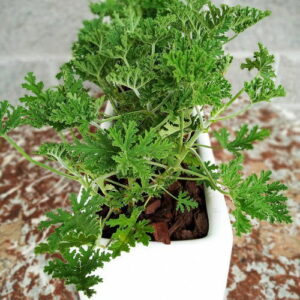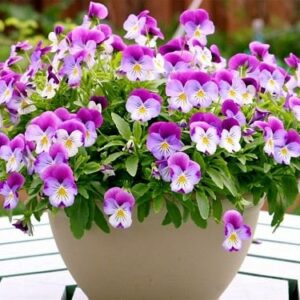When it comes to grouping and arranging indoor plants, you’ll want the results to be both beautiful and practical. This will call for an artist’s eye and some know-how! Want to create a truly breathtaking plant display in your home? Here’s how to arrange indoor plants like a pro!
Consider the Height
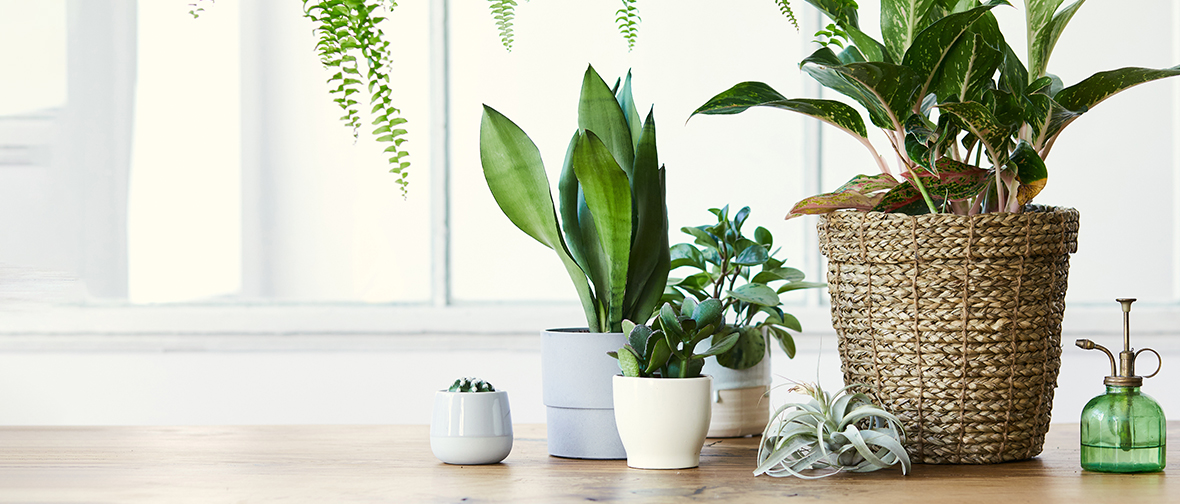
One of the top things you’ll want to consider when grouping and arranging indoor plants is their size. When it comes to creating an eye-pleasing display, shorter and smaller houseplants should be placed in the front, and larger and taller plants should go in the back. This makes it possible to admire each plant to the fullest. It will also ensure that even the smallest plants can adequately access the light (which’ll keep them healthier and greener).
Position Based on Houseplant Size
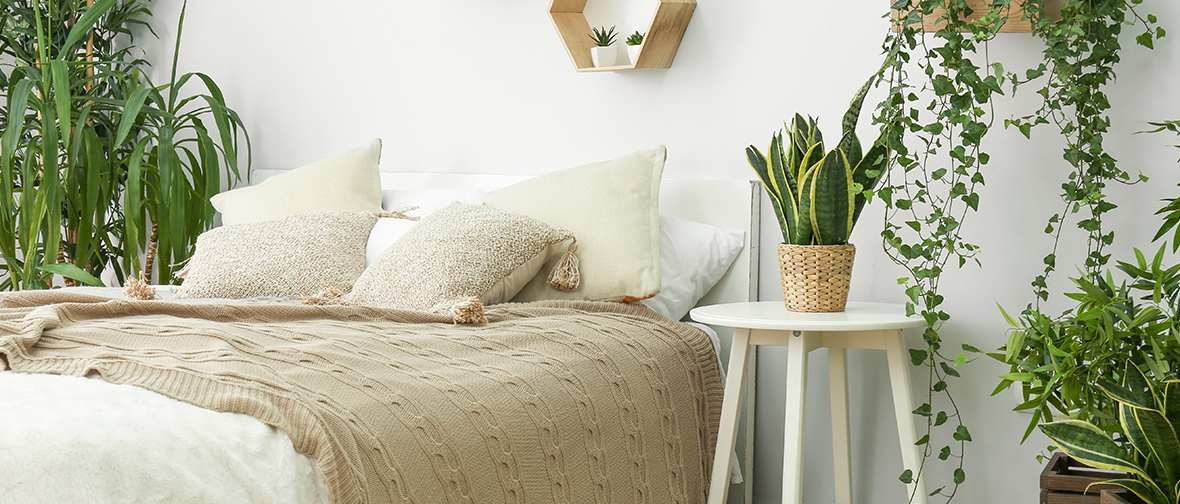
While you’re considering the height of your green buddies, also consider the size of each room in your home. Small houseplants can serve as perfect, space-efficient decor for guest rooms, bathrooms, and bedrooms, etc. In contrast, a big plant can easily overpower a too-small space, while it can blend in perfectly with a larger space!
Group by Odd Number
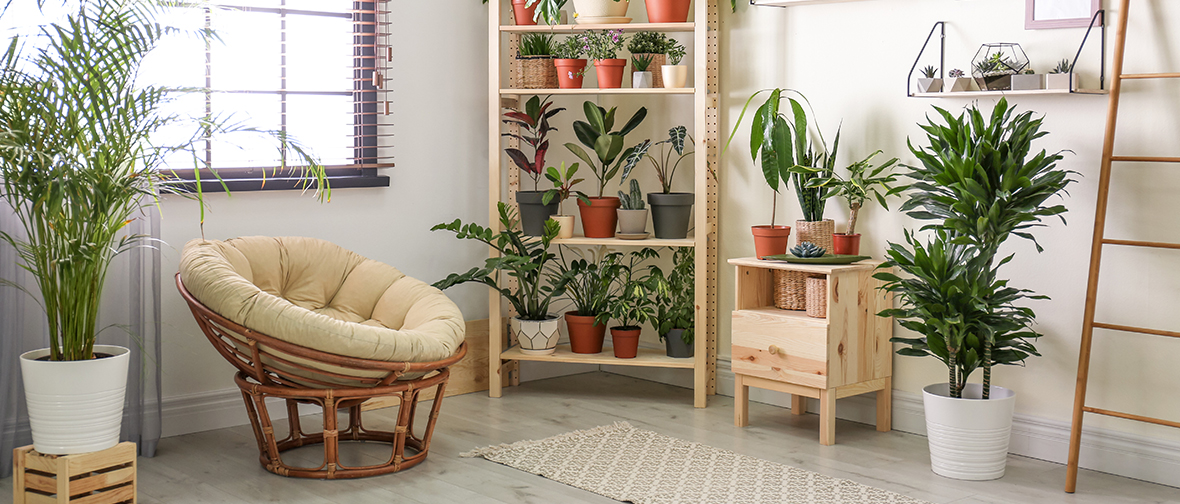
Even-numbered indoor plant arrangements tend to look a bit formal. Instead of rows of four, try rows of 3, 5, or 7, and enjoy the natural look!
Group by Light Requirements

Any good houseplant arrangement should be beautiful and practical. One of the most important aspects of grouping is the light requirement. Some houseplants prefer low light, some medium light, some bright, indirect light, and some even thrive in direct sunlight. If you haven’t already, take some time to learn the optimum light level for each of your plants, then place them together accordingly.
Group by Humidity Requirements
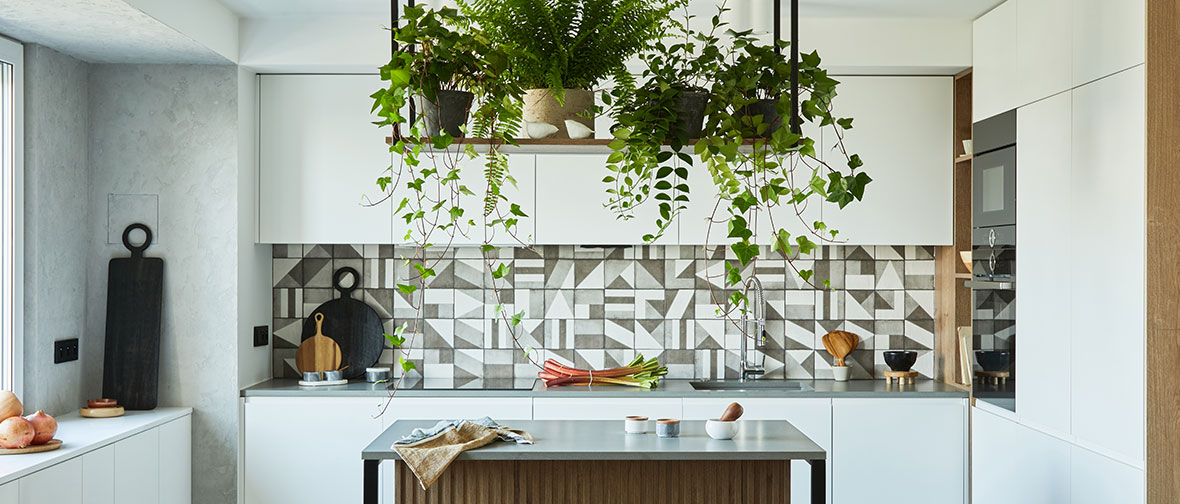
While humidity isn’t as important as lighting for plants, many still have a certain humidity level that they prefer. Most houses have the same humidity level overall. This being said, moisture-loving plants (such as the Pothos, or Devil’s Ivy) may find themselves more comfortable in the kitchen where there’s steam, or in bathrooms with a shower (also nice and steamy). In places that are naturally humid, this isn’t as important to consider, however!
Try Grouping by Color
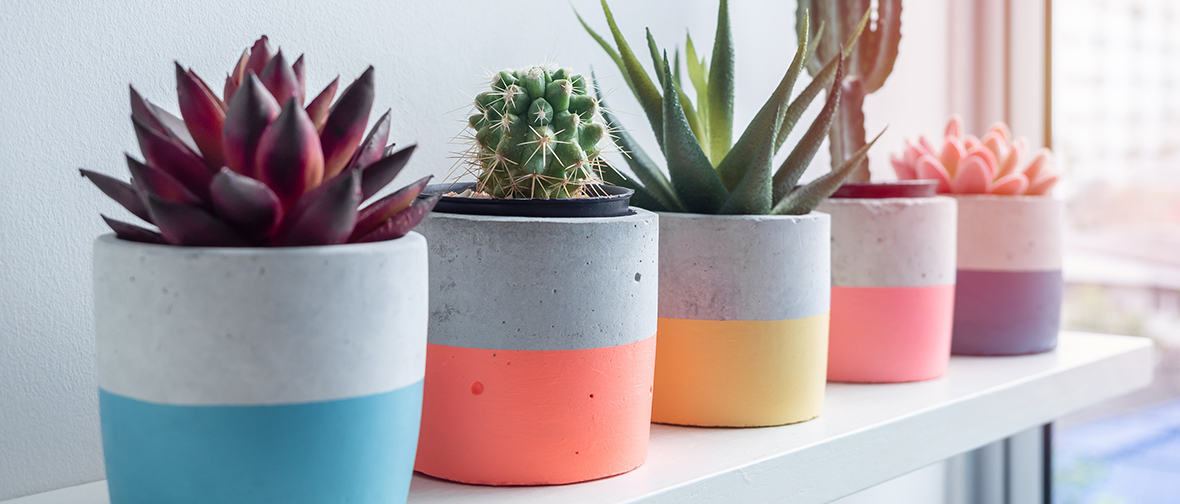
One of the most key parts of a dynamic plant display is color. Colorful blooms can be inconsistent, and they’re not the only way to introduce color. There are plenty of houseplants with red leaves, purple leaves, and striped leaves – you name it. With some careful thought and placement, you can incorporate them to create a dynamic and eye-catching plant display. You can also try multicolored pots, and some plants can be seasonally induced to flower!
Utilize the Empty Corners

When it comes to indoor plant arrangement ideas, some of the most promising (yet most oft-neglected) places are the corners of the home. These empty, unnoticed spaces can be transformed into little spots that show off beautiful greenery. They’re also out of the way, preventing spills from children and pets. Pro tip: an excellent way to display a plant in the corner is a side table, or a tall, decorative pot. This should do the trick!
Make Plants Lead the Eye to Other Decor
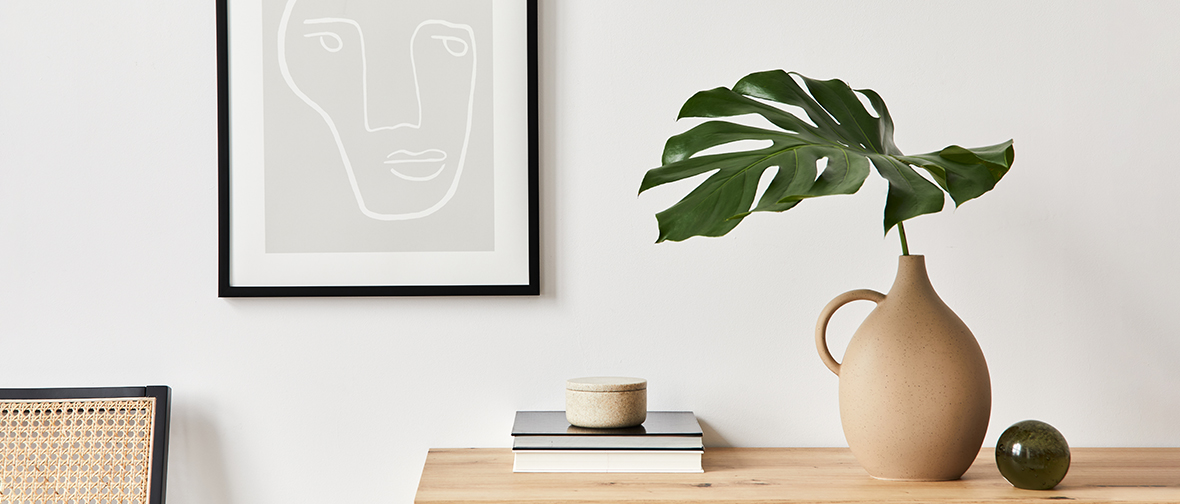
One of the most clever ways to organize indoor plants is to lead the eye to your other decor. To do this, pay attention to the way that plants grow, where they point and what they might accent. For example, a tall, sword-like Snake Plant can point directly to a piece of artwork, whereas a wavy plant can be used to underscore a line of smaller decor (say, photos or a wall decal).
Arrange on the Shelf
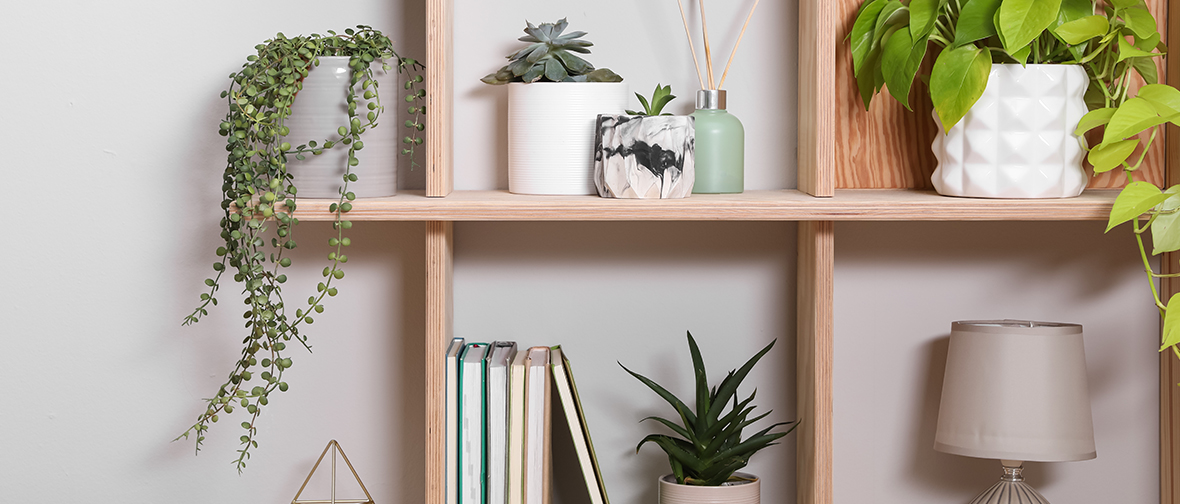
Plants are a classic way to brighten up any surface in your room, including a shelf. They can sit in front of books or even bookend them. No matter how you decide to do it, placing plants on your shelves is sure to add a splash of life and color!
Arrange in Terrariums
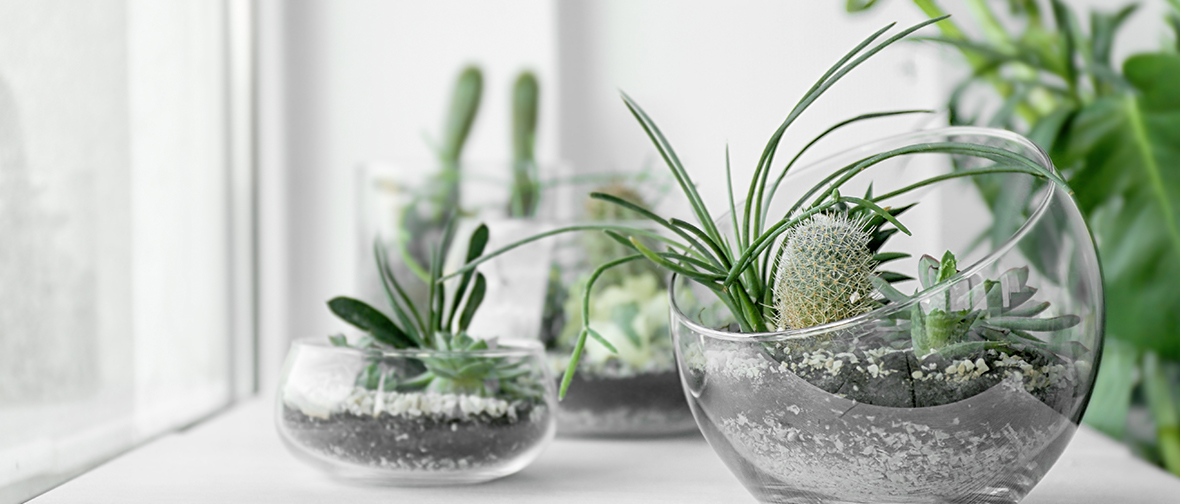
Terrariums are whimsical and beautiful plant organization solutions. These decorative, transparent, plant-filled baubles can give any room a unique, vibrant look. There are hanging terrariums and sitting terrariums of all sizes. Each terrarium can be carefully organized and made into an exquisite decoration in itself.
